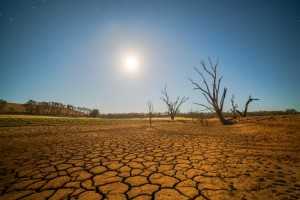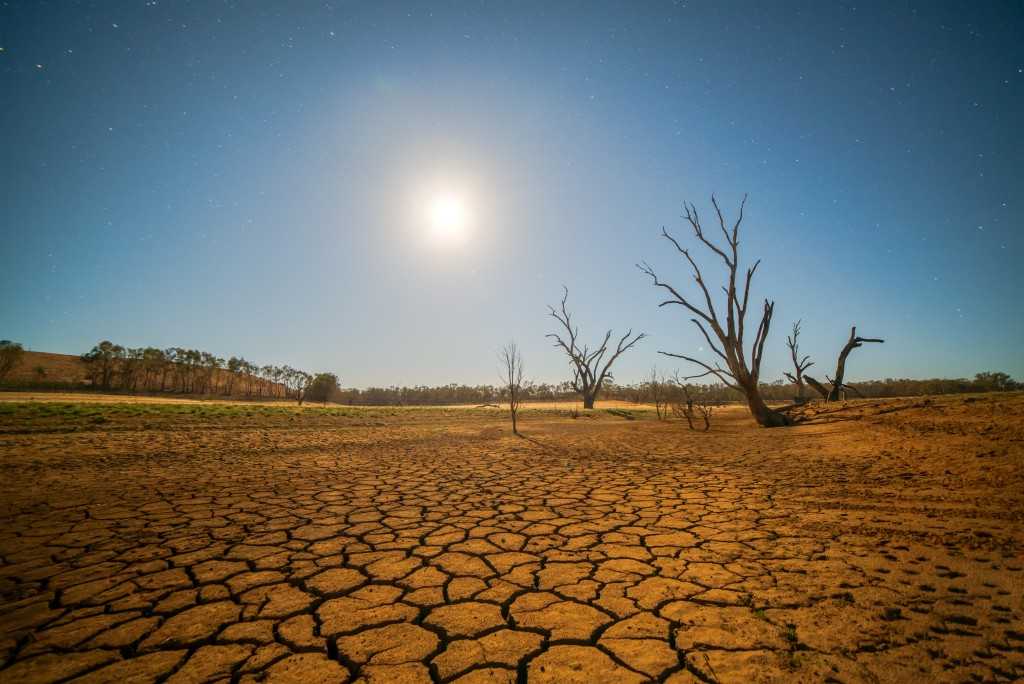 The El Niño is a global phenomenon. Despite the signs that it seems to be slowing down, the dry season seems to be going on longer in some eastern parts of Australia. Farmers may be forced to ‘dry sow’ wheat this season as the rains seem to be extremely late.
The El Niño is a global phenomenon. Despite the signs that it seems to be slowing down, the dry season seems to be going on longer in some eastern parts of Australia. Farmers may be forced to ‘dry sow’ wheat this season as the rains seem to be extremely late.
The current weather patterns are unpredictable; even the prediction that many parts of the world will start seeing wetter seasons is not set in stone. For farmers, the extended dry spell is debilitating and you have to make the most out of the water you get.
Preparing for El Niño
The best way to make the most out of an extended dry spell is to prepare for it. Most crops can’t survive extended periods without being watered, and the dry season means they require more water than usual. Due to the unpredictability of the El Niño phenomenon, rain forecasts may be late or may not come at all. This not only disrupts your schedule, it’s also disastrous to your crops.
Arid conditions coupled with unpredictable weather are reasons it’s vital for farmers to have at least a couple of rainwater tanks for ‘backup’. These can harvest thousands of litres of water a year, allowing you to capitalise on rainy seasons and save them for when conditions start getting hotter.
Not all rainwater tanks are built the same, though. Choose carefully, depending on the intended purpose. Since it will be for irrigation purposes, the amount of rainwater the tanks can store and supply to your fields should be at least twice the size of your crop fields. Of course, there’s no reason you can’t go over your estimate, especially when faced with extremely dry conditions.
The standard commercial water tank can store about 40,000 litres, but there are tanks that have a greater capacity. If you’re expecting the dry spells to extend a bit longer, have a rainwater tank custom made. It may seem like such a big investment, but the potential losses from dying crops can amount to higher in the long run. Investing in a water tank will eventually pay itself in water savings.
Rainwater Tank Placement
Before you install your new storage tank, prepare your site. Review your local and state regulations to avoid any problems you may encounter in the long run. Prepare the area where you’ll install the tank, and address run-off and overflow concerns. Maximise the tank’s water harvesting capabilities and prevent any excess from being wasted.
Place the tank in a strategic location where it can maximise water collection. The ideal place is in a building with a relatively massive roof, along with an existing gutter and drainage system. Barns, warehouses and storage facilities within your property are the best areas to place rainwater storage tanks. If the tank is larger, you may install it directly on the ground.
There’s no telling when the El Niño phenomenon will give way to colder and wetter seasons, and this is a reason to invest in a rainwater storage tank for your irrigation needs. This way, you won’t be left praying for rain when the dry spell goes on longer.




